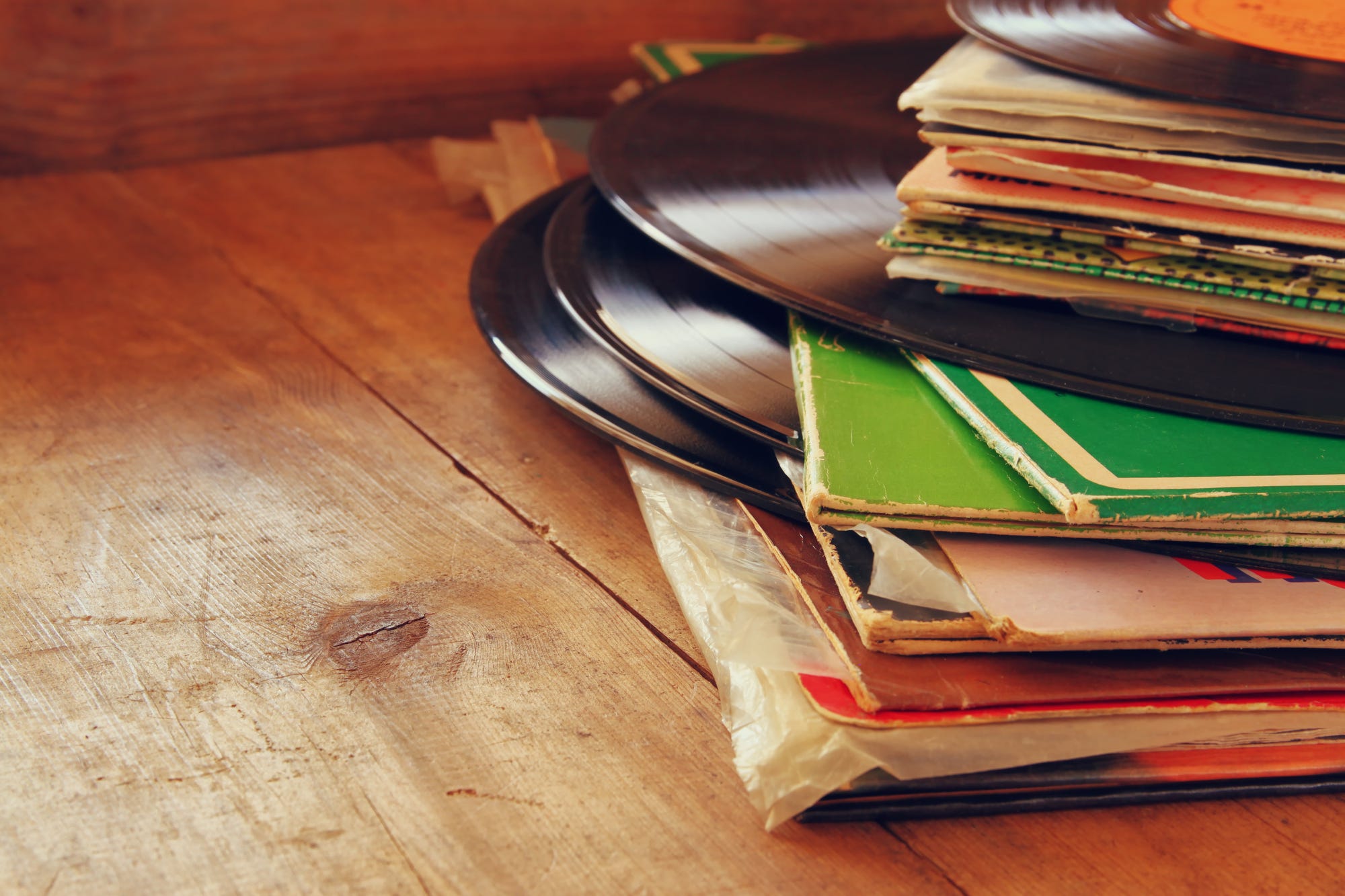
Originally developed in the late 1940s and surging in popularity in the 60s and 70s, vinyl records are certainly making a comeback in recent years. In 2020, vinyl sales actually surpassed CD sales for the first time since the 1980s, and they've only increased since. There are many theories as to why records are coming back so strongly. Many people say they have a nostalgic aesthetic that isn't matched by tapes or CDs, and they give people a chance to slow down in a fast paced modern era.
Whatever the reason may be, vinyl is a classic music playback technology that has stood the test of time, yet most people don't know how vinyl records are made. The process has changed over the years, but you'll be surprised to know that some of the machinery used in manufacturing records is the same as it was in the later half of the 20th century.
Preparing an Album
Before creating the actual vinyl, an album (or EP, or track) needs to be properly mastered by a mastering engineer. Mastering involves adjusting frequency and sonic tonality to ensure the album is consistent from song to song. Additionally, albums released on vinyl are typically mastered in a slightly different way from those released digitally. This is done for a few reasons:
- Vinyl records can't produce the same frequency range that digital modes can. Frequencies too high or too low, or too much volume, can actually make the needle skip.
- The spiral nature of the grooves actually causes a decrease in sonic quality as the needle moves inward on the record. Since the inner rings are smaller than the outer rings, the needle slows down from about 20 inches per second on the outside of a 12-inch LP to only 8.5 inches per second on the inside. This reduces the resolution significantly.
These limitations of vinyl records mean artists and engineers have to make some decisions about how to order songs and adjust the album sonically to make it suitable for vinyl.
Cutting the Master
Once the master is complete, it's time to create the master -- disc, that is. The master disc is an aluminum plate covered in a coat of lacquer, often referred to as a lacquer master. Sometimes the mastering engineer will do this step themselves, or they will give it to a cutting specialist.
The cutting process involves routing the audio to a cutting lathe. This device works in the opposite way a turntable does; it converts the sound waves in the music into vibrations that make cuts on the master disc via a stylus that is typically made of sapphire. The stylus must be cooled with helium gas during the entire process to avoid causing a fire from the excess heat that is created. The cutting engineer must create the spaces between the songs manually, usually by scrolling the stylus slightly to create the gap.
Ridges and Grooves
Once the lacquer master is done, it is thoroughly cleaned -- it's essential that the master has no dust on the surface, as this will interfere with creating the next disc. The master is sprayed with silver, submerged in a nickel bath, and electroplated. The electroplating causes the nickel to precisely fill the disc grooves. Next, the master is pulled apart from the coating, leaving two separate discs: the master and the "father" disc, which is a mirror image of the master, meaning it has ridges instead of grooves. This disc is used as a stamper to press the actual records.
Before making vinyl copies, the stamper is checked for errors. This is done by electroplating the father disc and splitting it apart again, creating what is known as a "mother" disc. A mirror image of the father, this disc has grooves so it can be checked for any errors in the master.
Melted and Pressed
With the stamper disc complete, vinyl copies can be made at a pressing plant. Each stamper can produce about one thousand records until it wears out enough to degrade audio quality. Additional stampers can be produced by electroplating the mother disc.
As for the actual vinyl, it begins as small pellets of polyvinyl chloride. They are melted and squeezed into what is known as a "biscuit" because it has the size and shape of a hockey puck. The stampers are loaded onto the record press above and below the biscuit. The record labels are also loaded between the biscuit and the stamper -- labels must be baked in advance to ensure they have absolutely no moisture so they won't bubble when pressed onto the vinyl.
Finally, the moment of truth: the stampers are pushed together with heat and about 100 tons of pressure to flatten the biscuit out into all the ridges on the stampers. The excess vinyl along the edges is trimmed, and the new vinyl record is cooled with water. It only takes about 30 seconds to press each vinyl.
Usually, a few test records are pressed to be sent to the record label and artist for approval. At this point, the album artwork has been approved and printed. Newly minted records are placed into sleeves and album covers manually and sent through a shrink wrap machine. And that's it -- they're ready for distribution!
